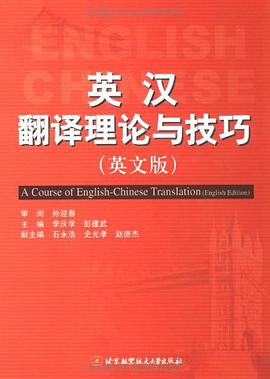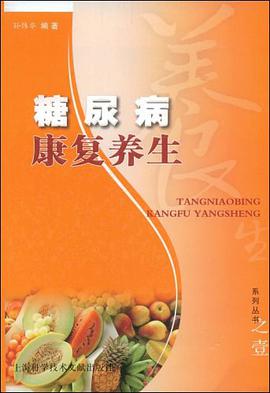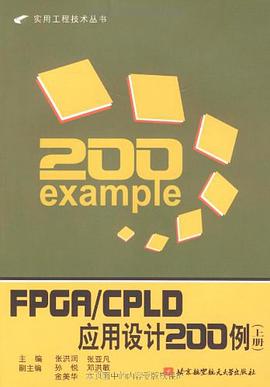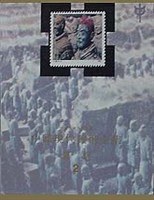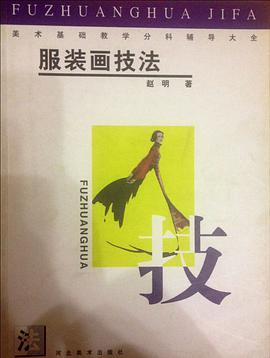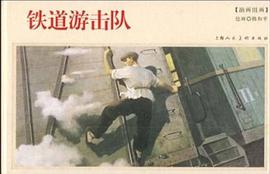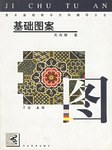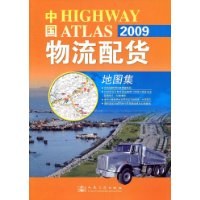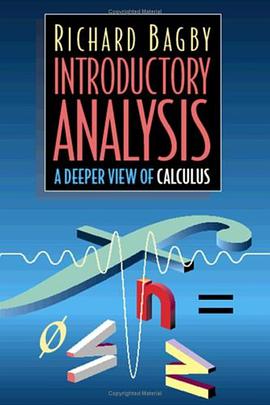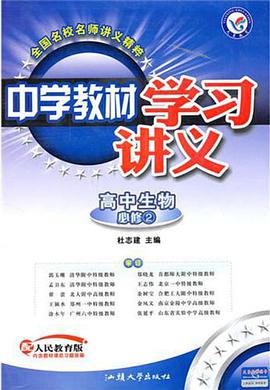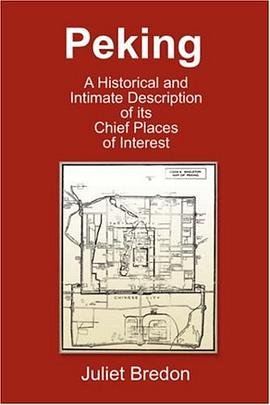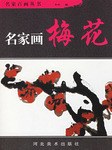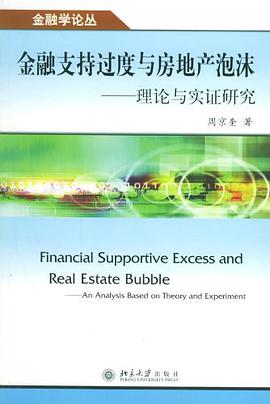Chapter 1Introduction to Translation1 1.1 About Translation1 1.1.1 Translation as an Industry1 1.1.2 Translation as a Profession2 1.1.3 Translation as a Major2 1.1.4 Translation as a Course2 1.2 Nature and Definition of Translation3 1.2.1 Difficulty in Defining Translation3 1.2.2 Nature of Translation3 1.2.3 Definition of Translation5 1.3 Translators’ Competence7 1.3.1 A Sense of Responsibility7 1.3.2 Bilingual Competence7 1.3.3 Bicultural Competence7 1.3.4 Encyclopedic Knowledge8 Exercises9Chapter 2A Brief History of Translation14 2.1 About Translation History14 2.2 A Chinese History of Translation15 2.2.1 Three Climaxes of Translation in China15 2.2.2 Translation from 1949 to the Present18 2.3 A Western History of Translation19 2.3.1 An Overview of Western Translation19 2.3.2 Six Climaxes of Western Translation19 Exercises21Chapter 3Translation Criteria24 3.1 Translation Criteria of China24 3.1.1 Early Criteria25 3.1.2 Present Criteria28 3.2 Translation Criteria of Western Scholars29 Exercises33Chapter 4The Process of Translation38 4.1 Description of Translation Process38 4.2 The Fourphase Process in Translating39 4.3 The Basic Process of Translation39 4.3.1 Accurate Comprehension39 4.3.2 Adequate Representation45 4.3.3 Revision46 Exercises47Chapter 5Contrastive Studies of English and Chinese51 5.1 Contrastive Analysis of the Words and Phrases 51 5.2 Contrastive Analysis of the Sentences 53 5.2.1 General Description53 5.2.2 Syntactic Differences between English and Chinese 54 5.3 Contrastive Analysis of the Texts 58 5.3.1 Maintenance of the Original Coherent Structure 58 5.3.2 Modification of the Original Coherent Structure 59 5.3.3 Modulation of the Original Thematic Structure 59 Exercises61Chapter 6Culture and Translation 64 6.1 Towards Culture 64 6.2 Language, Culture and Translation 65 6.3 The Cultural Turn in Translation Studies and Translation Turn in Cultural Studies 66 6.4 Cultural Comparison in Translation 67 6.4.1 Cultural Universals 67 6.4.2 Cultural Disparities 68 6.5 Domestication and Foreignization 70 Exercises75Chapter 7The Unit of Translation 80 7.1 Introduction 80 7.2 Translation at Different Levels 81 7.2.1 Translation at Phonological Level 81 7.2.2 Translation at Morphological Level 82 7.2.3 Translation at Word Level 82 7.2.4 Translation at Phrase Level 82 7.2.5 Translation at Sentence Level 83 7.2.6 Translation at Discourse Level 83 7.3 Discourse Analysis84 7.3.1 Cohesion 85 7.3.2 Coherence 87 7.3.3 Summary 88 Exercises89Chapter 8Translation of Words92 8.1 The Correspondence between Words 93 8.1.1 Wordforword Correspondence 93 8.1.2 One Word with Multiple Equivalents of the Same Meaning 93 8.1.3 One Word with Several Equivalents of Different Meanings 93 8.1.4 Words without Equivalents 94 8.2 Some Strategies Used in EC Translation 95 8.2.1 Conversion 95 8.2.2 Amplification 97 8.2.3 Repetition 98 8.2.4 Omission 98 8.2.5 Extending the Meaning of Words99 8.2.6 Transliteration 99 8.2.7 Mutual Transformation of Affirmative and Negative Translation100 8.3 Translation of Idioms 100 8.3.1 Similarity 101 8.3.2 Differences 101 8.4 Translation of Slang 102 8.5 False Friends 103 Exercises104Chapter 9Translation of Sentences108 9.1 Translation at Sentence Level108 9.1.1 General Approaches to Sentence Translation 108 9.1.2 Translating Long Sentences 110 9.1.3 Translating Sentence Groups 112 9.1.4 Interjections and Punctuations 113 9.2 Procedures and Techniques in Translating English Long Sentences 114 9.2.1 The Procedures 114 9.2.2 Six Techniques 115 Exercises119Chapter 10Translation of English for Science and Technology 122 10.1 Lexical Features of EST122 10.1.1 Affixation122 10.1.2 Compounding 122 10.1.3 Blending 123 10.1.4 Acronym 123 10.1.5 Specialization of the Commonly Used Words 123 10.2 Syntactic Features of EST 124 10.2.1 Use of Long and Complicated Sentences 124 10.2.2 Use of the Passive Voice124 10.2.3 Use of Nominalization 125 10.3 Principles of Translation of EST125 10.4 Key Points for the Translation of EST 126 10.5 Case Study127 Exercises129Chapter 11Translation of Legal Documentation 134 11.1 Linguistic Features of Legal Documentation134 11.1.1 Use of Formal Words134 11.1.2 Accurate Expression135 11.1.3 Use of Long Sentences 135 11.2 Case Study136 Exercises138Chapter 12Translation of Trademarks 141 12.1 Main Functions of the Trademark 141 12.2 Features of a Good Trademark141 12.3 Principles of Translation of Trademarks 142 12.3.1 Reflection of the Basic Function of the Trademark 142 12.3.2 Easy to be Understood and Accepted by Costumers 142 12.3.3 In Conformity with the Law 143 12.4 Skills of Translation of Trademarks 143 12.4.1 Transliteration 143 12.4.2 Semantic Translation143 12.4.3 Combination of Transliteration and Semantic Translation144 12.4.4 Nontranslation or Parttranslation 144 Exercises145Chapter 13Translation of News Reports147 13.1 The Three Parts of the News Report 147 13.2 The Linguistic Features of the Headline 147 13.2.1 Grammatical Features 148 13.2.2 Lexical Features148 13.3 Linguistic Features of the Lead and the Body of the Text149 13.3.1 Concrete and Exact 149 13.3.2 Accurate149 13.3.3 Concise149 13.3.4 Easy to be Understood 149 13.3.5 Vivid 150 13.4 Case Study 150 Exercises153Keys to Translation Exercises158
· · · · · · (
收起)
